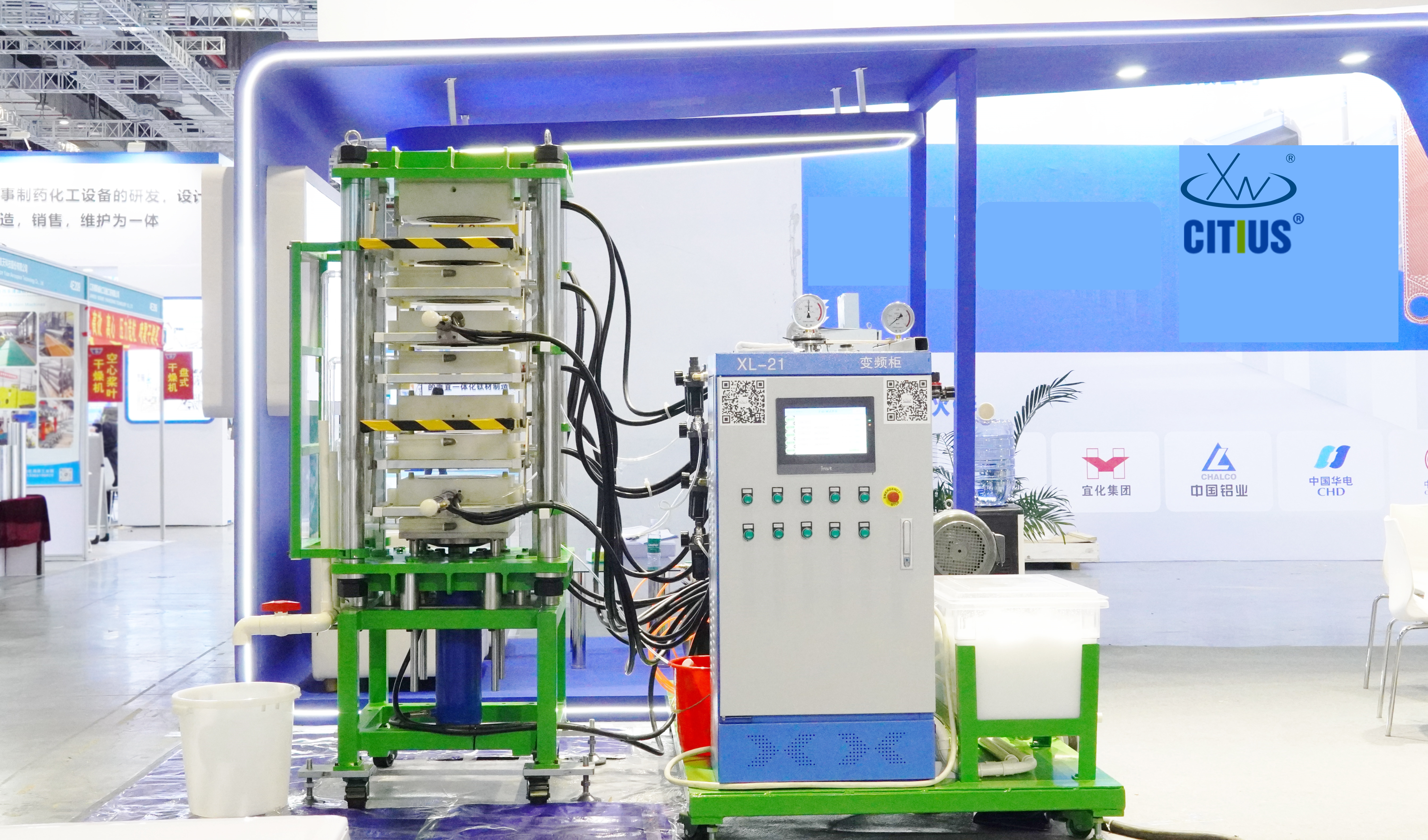Mastering the Essentials of Filter Cloth: A Comprehensive Guide
Release time:
2025-07-05
Understanding the Basics of Filter Cloth
Hey there! So, you’re diving into the world of filter cloth—awesome choice! This handy material plays a crucial role in various industries, from water treatment to food processing. But before you jump in, let’s explore some vital considerations to keep in mind.
What is Filter Cloth?
In a nutshell, filter cloth is a porous fabric designed to separate solids from liquids or gases. Think of it as the unsung hero of filtration processes! Available in a variety of materials like polyester, nylon, and polypropylene, choosing the right type can make all the difference.
Choosing the Right Material
Alright, let’s get down to brass tacks. When selecting your filter cloth, consider the material’s compatibility with the substances you’re filtering. For instance, if you’re working with chemicals, a polyester cloth might not hold up. Always do your homework—after all, you wouldn’t want to end up with a filter that’s more trouble than it’s worth!
Consider the Micron Rating
Ah, the micron rating! This little number packs a punch when it comes to filtration efficiency. It indicates the size of particles that can be captured by the filter cloth. The lower the micron rating, the finer the filtration. So, if you’re dealing with tiny particles, you’ll want a cloth that can handle the job.
Maintenance Matters
Let’s face it—nobody wants to deal with a clogged filter. Regular maintenance is key! Depending on your application, you might need to clean or replace your filter cloth periodically. A quick rinse might do the trick, but for those stubborn residues, a soak in a suitable cleaning solution can save the day. Just remember to check the manufacturer’s recommendations!
Temperature and Chemical Resistance
Did you know that temperature can affect the performance of your filter cloth? Yep! High temperatures can lead to shrinkage or degradation, while low temperatures might cause brittleness. Also, keep an eye on chemical exposure. Knowing the chemical resistance of your filter cloth is crucial to avoid premature failure.
Installation Tips
When it comes to installation, don’t cut corners! Ensure that the filter cloth is fitted snugly to prevent leaks. A poorly installed filter can lead to inefficient filtration and wasted resources. Double-check your seals and connections, and you’ll be golden!
Safety First!
Last but not least, safety should always be a priority. When handling filter cloth, especially in industrial settings, wear the appropriate personal protective equipment (PPE). This might include gloves, goggles, or masks, depending on the materials being filtered. Better safe than sorry, right?
The Bottom Line
To wrap things up, using filter cloth effectively involves more than just picking any old fabric. From selecting the right material to ensuring proper maintenance, each step is vital. So, keep these tips in mind, and you’ll be well on your way to mastering the art of filtration!

